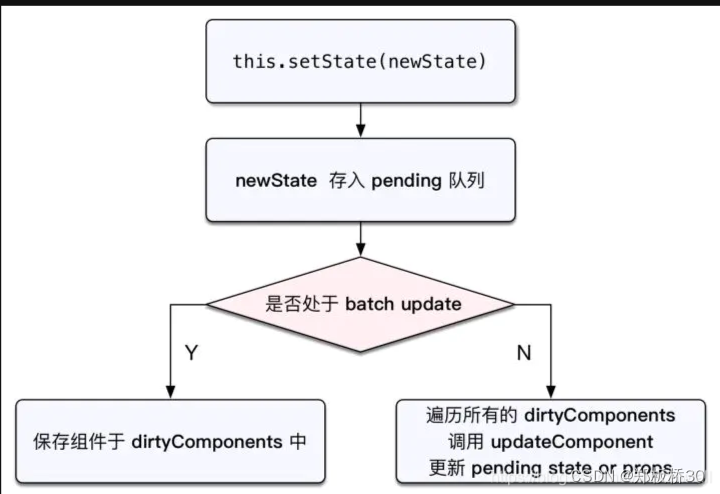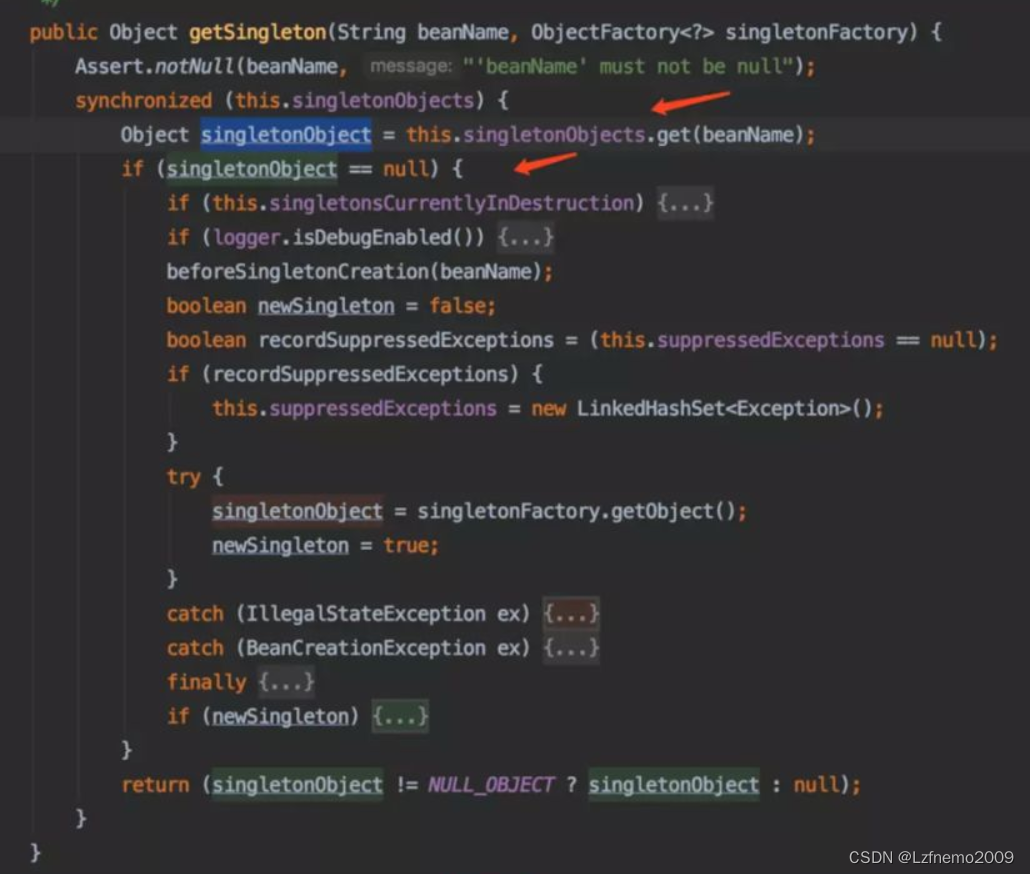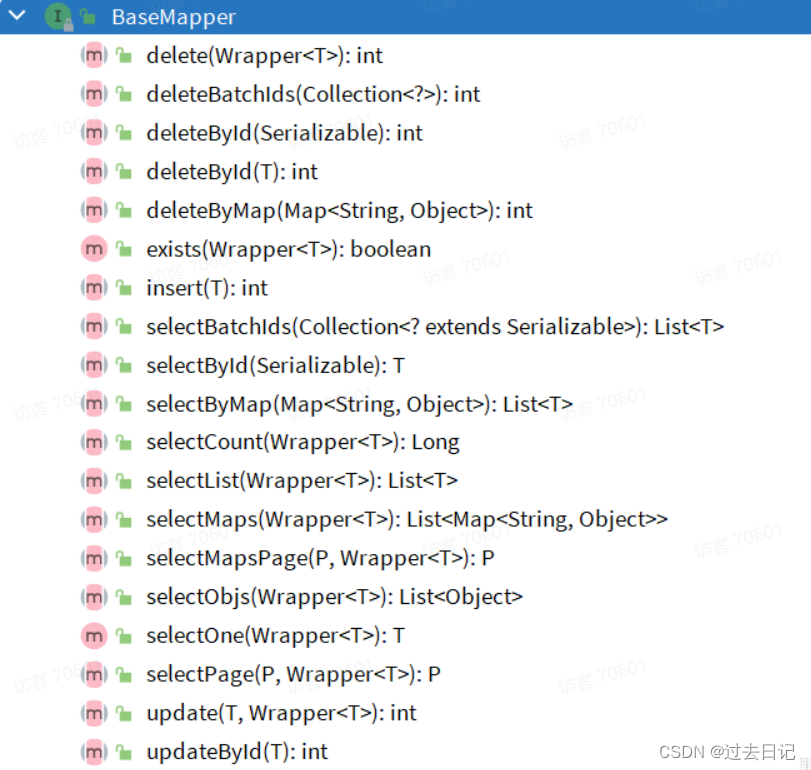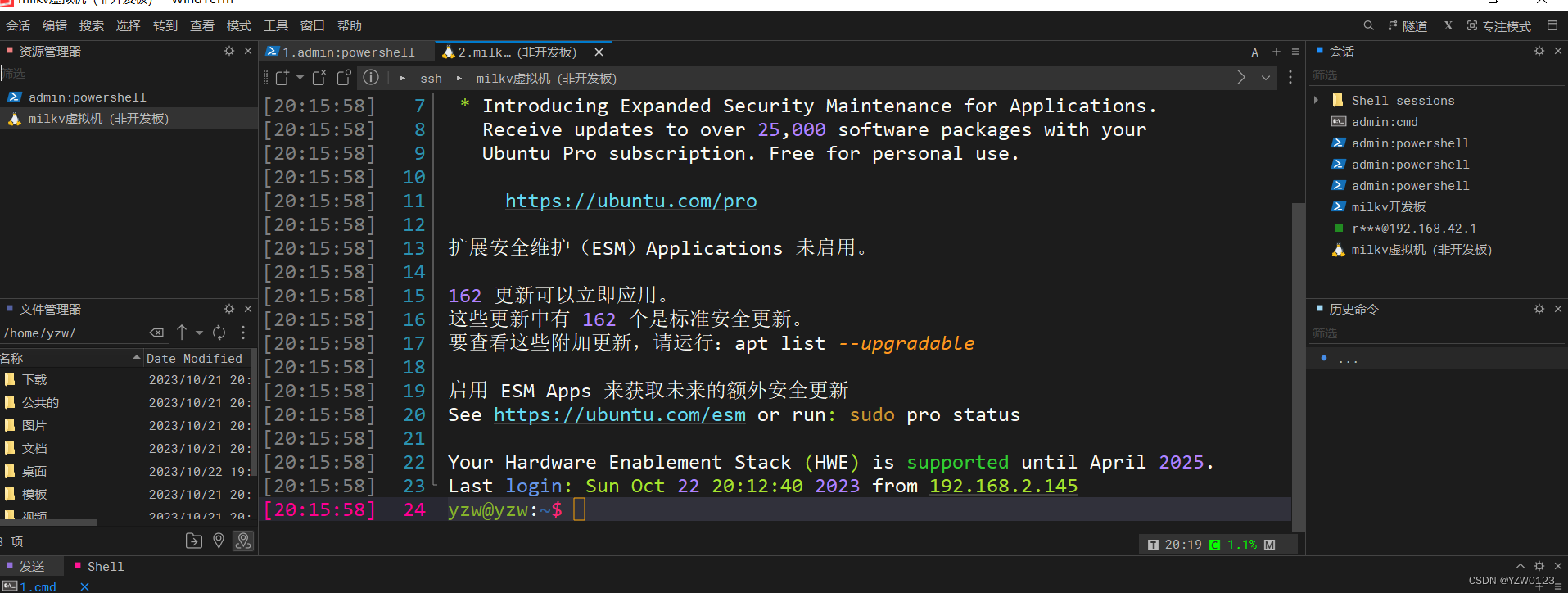实现第一个应用程序:在IMX6ULL开发板上运行驱动程序hello_drv_test

hello_drv_test
#include <sys/types.h>
#include <sys/stat.h>
#include <fcntl.h>
#include <unistd.h>
#include <stdio.h>
#include <string.h>
/*
* ./hello_drv_test -w abc
* ./hello_drv_test -r
*/
int main(int argc, char **argv)
{
int fd;
char buf[1024];
int len;
/* 1. 判断参数 */
if (argc < 2)
{
printf("Usage: %s -w <string>\n", argv[0]);
printf(" %s -r\n", argv[0]);
return -1;
}
/* 2. 打开文件 */
fd = open("/dev/hello", O_RDWR);
if (fd == -1)
{
printf("can not open file /dev/hello\n");
return -1;
}
/* 3. 写文件或读文件 */
if ((0 == strcmp(argv[1], "-w")) && (argc == 3))
{
len = strlen(argv[2]) + 1;
len = len < 1024 ? len : 1024;
write(fd, argv[2], len);
}
else
{
len = read(fd, buf, 1024);
buf[1023] = '\0';
printf("APP read : %s\n", buf);
}
close(fd);
return 0;
}
hello_drv.c
#include <linux/module.h>
#include <linux/fs.h>
#include <linux/errno.h>
#include <linux/miscdevice.h>
#include <linux/kernel.h>
#include <linux/major.h>
#include <linux/mutex.h>
#include <linux/proc_fs.h>
#include <linux/seq_file.h>
#include <linux/stat.h>
#include <linux/init.h>
#include <linux/device.h>
#include <linux/tty.h>
#include <linux/kmod.h>
#include <linux/gfp.h>
/* 1. 确定主设备号 */
static int major = 0;
static char kernel_buf[1024];
static struct class *hello_class;
#define MIN(a, b) (a < b ? a : b)
/* 3. 实现对应的open/read/write等函数,填入file_operations结构体 */
static ssize_t hello_drv_read (struct file *file, char __user *buf, size_t size, loff_t *offset)
{
int err;
printk("%s %s line %d\n", __FILE__, __FUNCTION__, __LINE__);
err = copy_to_user(buf, kernel_buf, MIN(1024, size));
return MIN(1024, size);
}
static ssize_t hello_drv_write (struct file *file, const char __user *buf, size_t size, loff_t *offset)
{
int err;
printk("%s %s line %d\n", __FILE__, __FUNCTION__, __LINE__);
err = copy_from_user(kernel_buf, buf, MIN(1024, size));
return MIN(1024, size);
}
static int hello_drv_open (struct inode *node, struct file *file)
{
printk("%s %s line %d\n", __FILE__, __FUNCTION__, __LINE__);
return 0;
}
static int hello_drv_close (struct inode *node, struct file *file)
{
printk("%s %s line %d\n", __FILE__, __FUNCTION__, __LINE__);
return 0;
}
/* 2. 定义自己的file_operations结构体 */
static struct file_operations hello_drv = {
.owner = THIS_MODULE,
.open = hello_drv_open,
.read = hello_drv_read,
.write = hello_drv_write,
.release = hello_drv_close,
};
/* 4. 把file_operations结构体告诉内核:注册驱动程序 */
/* 5. 谁来注册驱动程序啊?得有一个入口函数:安装驱动程序时,就会去调用这个入口函数 */
static int __init hello_init(void)
{
int err;
printk("%s %s line %d\n", __FILE__, __FUNCTION__, __LINE__);
major = register_chrdev(0, "hello", &hello_drv); /* /dev/hello */
hello_class = class_create(THIS_MODULE, "hello_class");
err = PTR_ERR(hello_class);
if (IS_ERR(hello_class)) {
printk("%s %s line %d\n", __FILE__, __FUNCTION__, __LINE__);
unregister_chrdev(major, "hello");
return -1;
}
device_create(hello_class, NULL, MKDEV(major, 0), NULL, "hello"); /* /dev/hello */
return 0;
}
/* 6. 有入口函数就应该有出口函数:卸载驱动程序时,就会去调用这个出口函数 */
static void __exit hello_exit(void)
{
printk("%s %s line %d\n", __FILE__, __FUNCTION__, __LINE__);
device_destroy(hello_class, MKDEV(major, 0));
class_destroy(hello_class);
unregister_chrdev(major, "hello");
}
/* 7. 其他完善:提供设备信息,自动创建设备节点 */
module_init(hello_init);
module_exit(hello_exit);
MODULE_LICENSE("GPL");
Makefile
# 1. 使用不同的开发板内核时, 一定要修改KERN_DIR
# 2. KERN_DIR中的内核要事先配置、编译, 为了能编译内核, 要先设置下列环境变量:
# 2.1 ARCH, 比如: export ARCH=arm64
# 2.2 CROSS_COMPILE, 比如: export CROSS_COMPILE=aarch64-linux-gnu-
# 2.3 PATH, 比如: export PATH=$PATH:/home/book/100ask_roc-rk3399-pc/ToolChain-6.3.1/gcc-linaro-6.3.1-2017.05-x86_64_aarch64-linux-gnu/bin
# 注意: 不同的开发板不同的编译器上述3个环境变量不一定相同,
# 请参考各开发板的高级用户使用手册
KERN_DIR = /home/book/100ask_roc-rk3399-pc/linux-4.4
all:
make -C $(KERN_DIR) M=`pwd` modules
$(CROSS_COMPILE)gcc -o hello_drv_test hello_drv_test.c
clean:
make -C $(KERN_DIR) M=`pwd` modules clean
rm -rf modules.order
rm -f hello_drv_test
obj-m += hello_drv.o
一般的步骤:(1)编译内核(内核,设备树,驱动)
(2)编译安装内核模块
(3)安装内核和模块到开发板上(即更新了内核和设备树)
(4)实现驱动程序
前提:编译驱动程序之前为什么要编译内核?
(1)驱动程序要用到内核文件。例如比如驱动程序中这样包含头文件:#include ,其中的 asm 是 一个链接文件,指向 asm-arm 或 asm-mips,这需要先配置、编译内核才会生成 asm 这个链接文件。
(2)编译驱动时用的内核、开发板上运行到内核,要一致。所以用我们编译出来的内核去代替原来的内核。保证编译驱动的内核是我们自己编译出来的。
(3)当板子使用新内核时,板子上对应的驱动也要换成新编译出的。所以要先编译内核和模块,并且要放到板子上。
步骤一:编译内核(内核,设备树,驱动)
(1)进入内核源码的目录
cd /home/book/100ask_imx6ull-sdk(2)配置(确定内核是给arm还x86编译的)
make 100ask_imx6ull_defconfig(3)编译内核
make zImage -j4(4)编译设备树
make dtbs(5)将内核和设备树复制到指定位置
cp arch/arm/boot/zImage ~/nfs_rootfs
cp arch/arm/boot/dts/100ask_imx6ull-14x14.dtb ~/nfs_rootfs
步骤二:编译安装内核模块
(1)进入内核源码所在目录
cd ~/100ask_imx6ull-sdk/Linux-4.9.88/(2)编译内核模块
make modules(3)安装内核模块
make ARCH=arm INSTALL_MOD_PATH=/home/book/nfs_rootfs modules_install从上面可知我们将设备树(dtb),内核(zImage)和模块(module)都放到了~/nfs_rootfs/下
![]()
步骤三:安装内核和模块到开发板上(即更新了内核和设备树)
(1)先将ubuntu与板子挂载
mount -t nfs -o nolock,vers=3 192.168.5.11:/home/book/nfs_rootfs /mnt(2)更新内核
cp /mnt/zImage /boot(3)更新设备树
cp /mnt/100ask_imx6ull-14x14.dtb /boot(4)更新内核模块
cp /mnt/lib/modules /lib -rfd(5)同步一下(将内存里的内容强制的刷到flash里面去)
sync步骤四:实现驱动
(1)将驱动程序放到ubuntu里面
方法:先使用Filezilla将程序从windows转移到ubuntu
(2)修改Makefile
指定开发板使用的内核源码路径
KERN_DIR = /home/book/100ask_imx6ull-sdk/Linux-4.0.88 //其他不做修改(3)编译驱动程序
使用Makefile的进行编译
make(4)通过挂载,将编译后的驱动程序传到板子上
mount -t nfs -o nolock,vers=3 192.168.5.11:/home/book/nfs_rootfs /mnt(5)进入到程序目录下,然后装载驱动程序
insmod hello_drv.ko(6)执行测试程序
./hello_drv_test -w lsr
./hello_drv_test -r

















